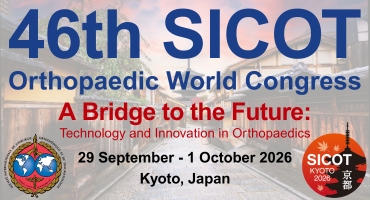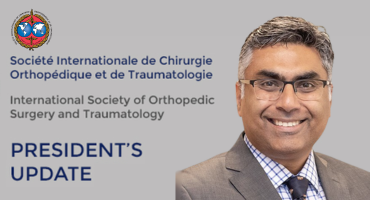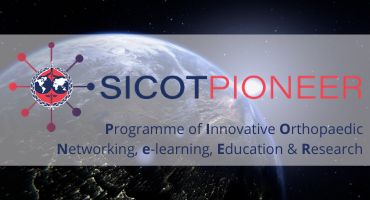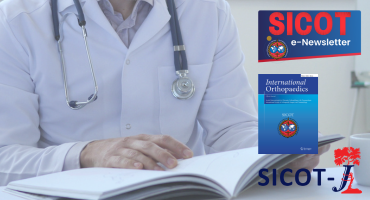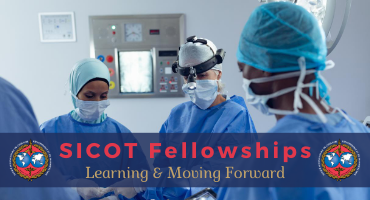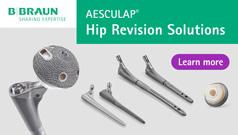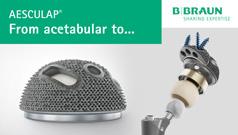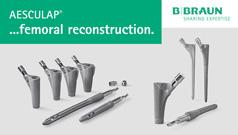Injury. 2025 Sep 9;56(11):112757. doi: 10.1016/j.injury.2025.112757. Online ahead of print.
ABSTRACT
BACKGROUND: Literature on quality of life and functionality following various types of surgically treated foot injuries is limited, despite the significant impact on patients' daily lives. As a result, managing patient expectations becomes challenging. The current objective is to prospectively evaluate long-term patient-reported and clinical outcomes of surgically treated foot injuries.
METHODS: A multicentre prospective cohort study was conducted. Adult patients undergoing operative treatment for traumatic foot fractures and/or dislocations were eligible for inclusion. Data on patient demographics, treatment, patient-reported outcomes (health-related quality of life assessed using the EuroQol questionnaires, functionality evaluated by the American Orthopaedic Foot and Ankle Society scales, satisfaction, and return to work/sports), complications, and reoperations were collected. Follow-up lasted two years. Statistically significant and clinically relevant changes in outcomes were determined using the Friedman test and minimally important differences.
RESULTS: The follow-up response rate was 92%. Patients showed significant and relevant differences in EuroQol scores during follow-up compared to pre-trauma, not returning to their baseline levels. The EQ-VAS™ showed clinically relevant improvement between 1 and 2 years postoperatively. Patients with forefoot injuries had better EuroQol and sports function scores, but lower satisfaction compared to those with midfoot and hindfoot injuries. The EuroQol pain domain exhibited the largest increase in reported problems, followed by usual activities, mobility, anxiety, and self-care. In the forefoot, midfoot, and hindfoot subgroups, the complication rates were 50%, 19%, and 44% respectively. Most complications were related to posttraumatic arthrosis (26%) and infections (24%). Over half of the patients (52%) underwent implant removal. The majority of reoperations involved secondary arthrodesis (37%) or revision surgery (32%).
DISCUSSION AND CONCLUSION: Strengths of this study include the prospective multicentre setting, the high response and follow-up rates, its epidemiological nature, and the inclusion of various injury types with stratified data presentation. Limitations include recall bias, suboptimal minimal important differences, group heterogeneity, and the use of the suboptimal AOFAS scales. The overview of patient-reported and clinical outcomes for patients treated surgically for acute foot injuries presented in this study show persisting impairment in functionality at the two-year follow-up. The data will help manage patient expectations effectively.
PMID:40967128 | DOI:10.1016/j.injury.2025.112757






